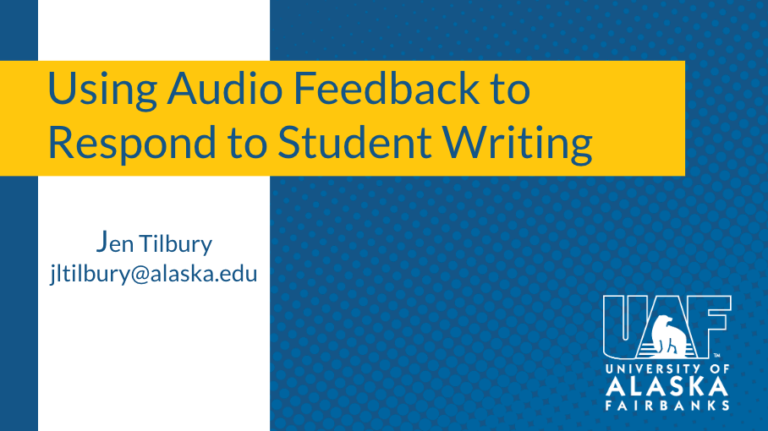
Experience the benefits of in-semester feedback

You’ve finished marking exams, final grades are submitted, and the semester is done. For many instructors, this is the point at which there’s a moment to reflect on the class, open up course evaluations, and learn what the students thought went well during the term– and not so much. As generative as end-of-semester comments can be, they can only serve subsequent classes and cannot help us make in-semester pivots.
The reflection and feedback process is part of what Hayward et. al. (2018) call “pedagogical solitude,” in which instructors “plan, teach, and assess their work alone” (p. 37). The antidote to this solitude is to lean on the community of students that are equipped to offer targeted and effective feedback in real time.
Creating this community is one of the goals for a new pilot program this term, the Learner Experience Advocacy Program, or LEAP. In LEAP, students are paired with instructors to observe their courses and provide feedback on different areas of course design. Students prepare written feedback and meet with their instructors throughout the semester, which means that participating faculty regularly get feedback on their courses. Through this program, we are already seeing the deep benefits of an open line of communication between students and faculty on course design.
Students give great feedback
Students are the experts on being students. Even if we remember our time as students well, your students know much better what it’s like being a student at this particular institution, at this particular time, in this particular class (and within their own lives!). While our LEAP students are not enrolled in the course so they are able to give more objective feedback, it is also great to have a practice of gathering feedback from enrolled students. They know first-hand what it’s like to take your course and can offer different perspectives on curriculum and classroom policy design.
Get started today
Our LEAP students have noted that something as simple as a line in the syllabus that invites student feedback can open up communication. With the power-dynamics involved in a graded course, getting great in-semester feedback requires building trust. Collecting feedback doesn’t have to be complicated, but it works best if it becomes a routine. There are many ways to gather student feedback throughout the semester, from highly-structured to casual. Here are a few methods that you can mix and match, depending on your time and preferences:
Structured:
Create your own course survey using a Google Form or Canvas Survey. While you can mimic end-of-semester evaluations by making these anonymous, it can be helpful to allow for names so that you can address specific students’ needs. One of my favorite questions is, “What can I do to support you in the class for the rest of the semester?” Another benefit to asking for names is that you can award points or extra credit for completion.
Casual:
Making a practice of genuinely asking for feedback can be low effort, but yield great results. When you try out a new activity or course management system, take a moment to ask students how it went as you are winding down. If students see that you respond well to feedback and make practical changes when you can, you can solicit a lot of great ideas while strengthening your classroom community.
Programmed:
As you incorporate regular feedback into your teaching practice, consider joining with a community of faculty and students and applying for LEAP in the Fall! LEAP Students are trained in course design and feedback strategies, offering effective feedback from a student perspective. To be the first to know when the application for Fall 22 is open, fill out this interest form.
Reference
Hayward, L., Ventura, S., Schuldt, H., & Donlan, P. (2018). Student Pedagogical Teams: Students as Course Consultants Engaged in Process of Teaching and Learning. College Teaching, 66(1), 37–47. https://doi.org/10.1080/87567555.2017.1405904




